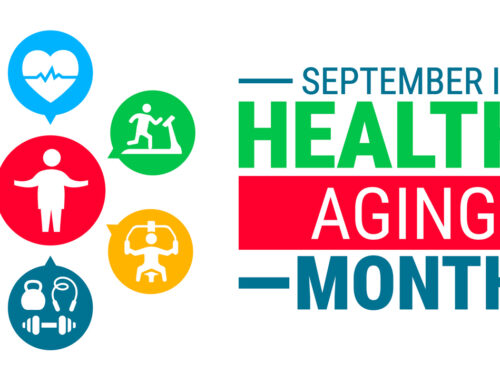The symptoms of metabolic syndrome are subtle – here’s what to look out for
The American Heart Association estimates that approximately 34% of the US population suffers from a condition they’re probably unaware of: metabolic syndrome. In general, the risk of the condition increases with age, from being overweight, and for those already battling pre-diabetes, cardiovascular disease, fatty liver disease, and polycystic ovary syndrome.
While it’s considered a “silent killer,” recognizing the risk factors can help bring the condition under control before it becomes serious.
5 primary risk factors for metabolic syndrome
Metabolic syndrome is a combination of a minimum of three risk factors generally (though not exclusively) associated with obesity. The condition is typically asymptomatic as a whole; however, the main risk factors are more readily identifiable:
High blood sugar. Individuals already being treated for high blood glucose levels, or those whose blood tests reveal abnormal glucose levels, may be at risk for metabolic syndrome. Fasting blood sugar levels should be lower than 100 mg/dL.
Low HDL. Often referred to as the “good” cholesterol, HDL helps remove the “bad” cholesterol from arteries. Low HDL levels increase heart disease risk. For men, this means HDL levels below 40 mg/DL; in women, less than 50 mg/dL is considered low.
High triglyceride levels. Triglycerides are a type of fat, and elevated levels in the blood can lead to cardiovascular disease. Fasting triglyceride levels above 150 mg/dL are considered “high.”
Abdominal obesity. A large waistline can be uncomfortable, and it also puts patients at risk for heart disease. Doctors generally consider a waistline larger than 40 inches in men and 35 inches in women as obese.
High blood pressure. Prolonged exposure to high blood pressure can be damaging to the heart and promote the build of up plaque in the arteries. Blood pressures above 130/85 mm or higher qualify this risk factor for metabolic syndrome.
What causes metabolic syndrome?
According to the Mayo Clinic, metabolic syndrome has been linked to obesity, inactivity, and insulin resistance.
The American Heart Association cites genetics as a factor in developing the condition. In the United States, non-Hispanic white males are at greater risk than Mexican-American and African-American males; however, metabolic syndrome affects more Mexican-American women than non-Hispanic white or African-American women.
What can be done for those with metabolic syndrome?
Fortunately, metabolic syndrome can be beat, usually through a variety of lifestyle changes that are also beneficial for overall health. In general, exercise and other forms of activity, sticking to an improved diet, and losing weight (especially around the midsection) can positively influence the condition. It almost goes without saying, but quitting smoking is a must.
Treating metabolic syndrome can make a dramatic difference in overall well-being, especially among an aging population. Incorporating positive lifestyle changes like a healthy diet and exercise also improves vitality, fights stress, and wards off depression.
When to seek help
Self-diagnosis of any condition can be confusing at best and life threatening at worst. Because metabolic syndrome stems from a combination of factors, most patients don’t present with a specific complaint. However, the risk factors of metabolic syndrome aren’t as subtle as the condition itself. If you think you or a loved one might be at risk, consult with a physician.
At FirstLantic, improving the health of South Florida seniors is our mission. We treat each of our clients like family, with a relentless commitment to providing superior at-home care.
If you think you or your loved one might benefit from home healthcare, we’d love to hear from you. We’re available seven days a week, 24 hours a day to take your call at 561-900-7297, or simply connect with us online.
Written by Jack Maloney
 AVAILABLE 24 HOURS A DAY/7 DAYS A WEEK
AVAILABLE 24 HOURS A DAY/7 DAYS A WEEK Careers
Careers







